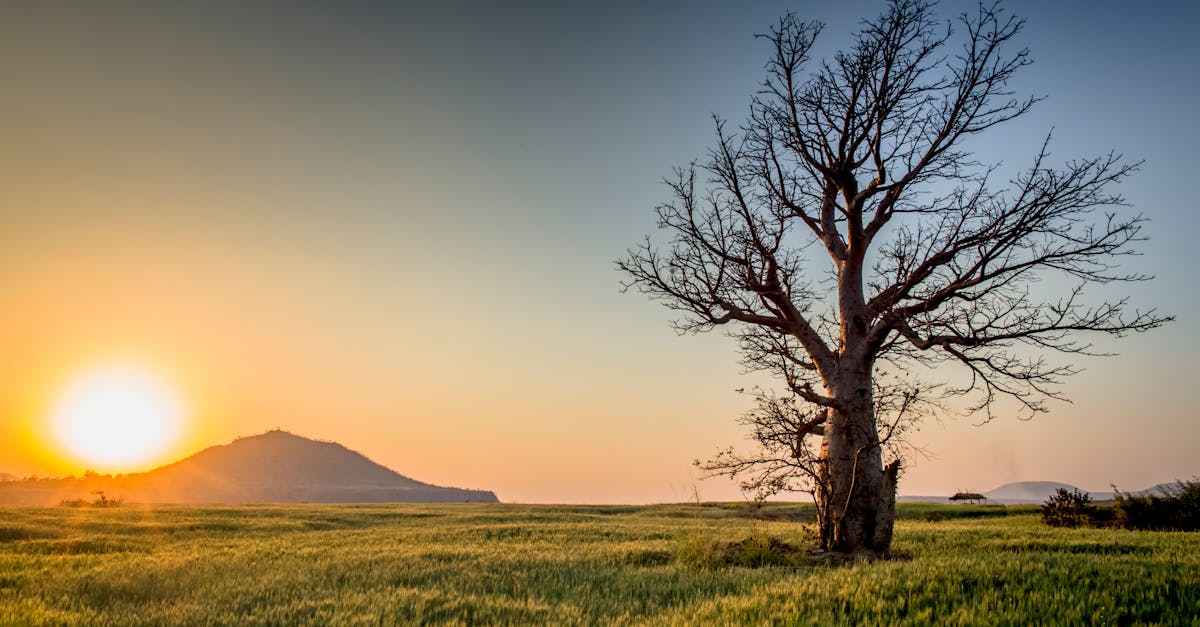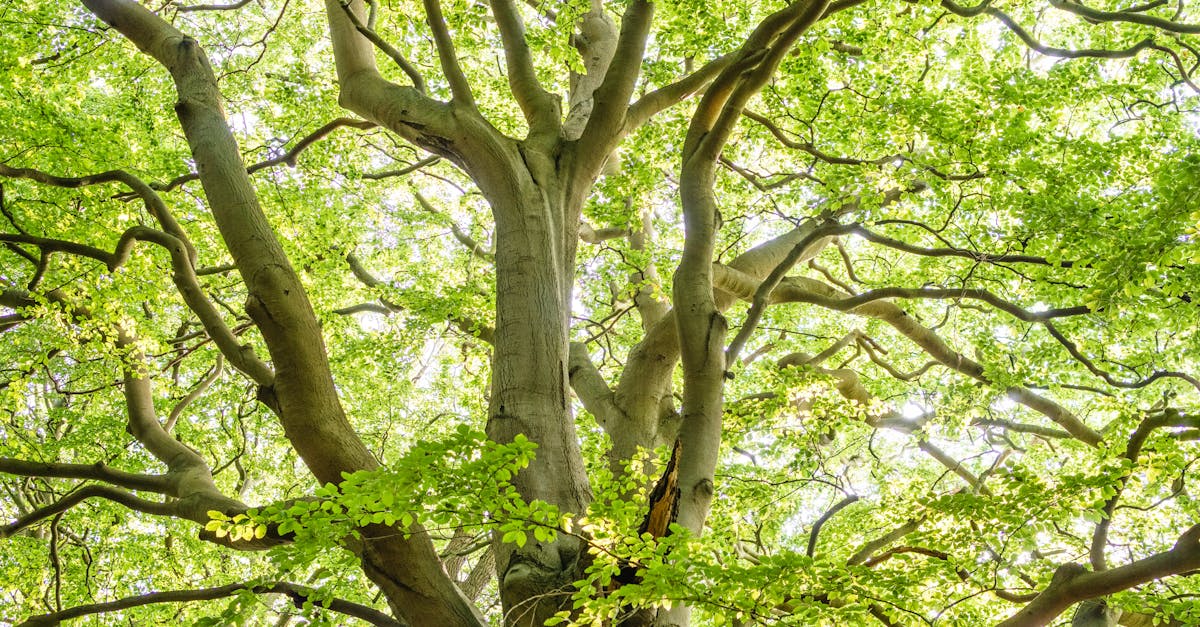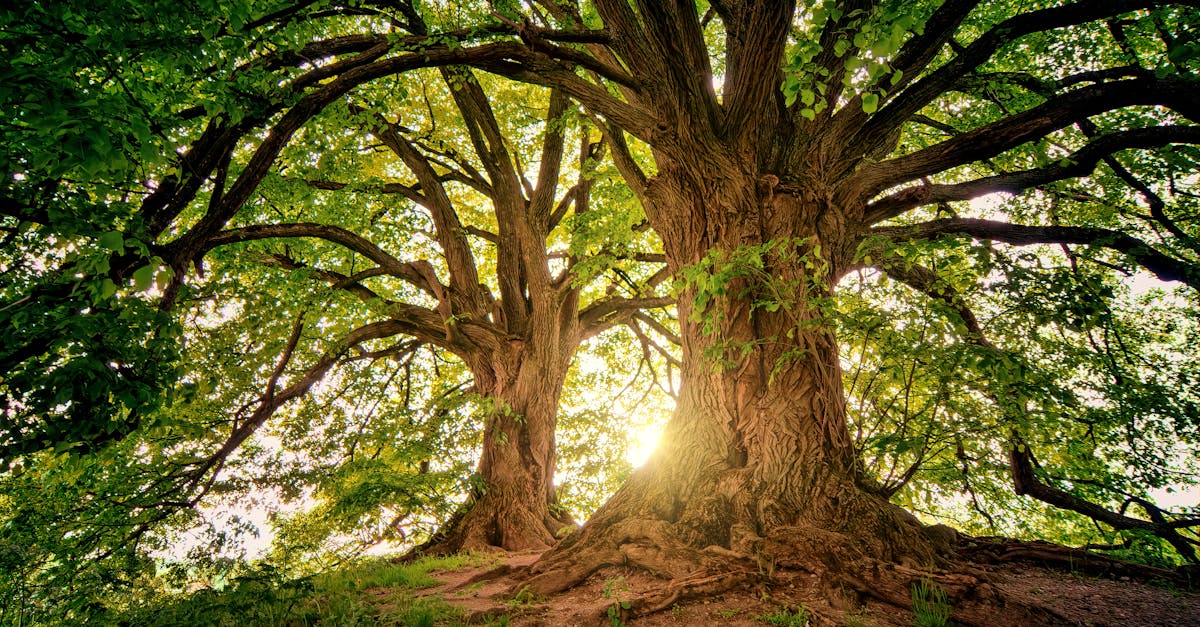
Tree Pruning and Trimming
At Kennesaw Tree Service, we specialize in providing top-notch tree pruning and trimming services to help maintain the health and appearance of your trees. Our skilled arborists are experts in identifying the branches that need to be trimmed, ensuring that your trees stay strong and vibrant. Whether you need selective pruning to remove dead or diseased branches, or general trimming to shape the tree and promote healthy growth, we have the tools and expertise to get the job done efficiently and effectively. With our commitment to quality service and customer satisfaction, you can trust Kennesaw Tree Service to keep your trees looking their best. Contact us today for a free estimate on our tree pruning and trimming services.
Tools Required for Tree Trimming
To effectively trim trees, certain tools are essential to ensure a precise and safe process. Hand shears are a fundamental tool for maintaining the health and aesthetics of trees. With different sizes and blade types available, hand shears allow for precise cuts on smaller branches and foliage. Loppers are another important tool for thicker branches that hand shears cannot easily trim. By using loppers, it becomes easier to reach higher branches while still maintaining control and accuracy in trimming.
For larger branches, pruning saws are necessary to make clean and smooth cuts without damaging the tree. The blade of a pruning saw is designed to cut on the pull stroke, making it easier to control and providing a cleaner cut as opposed to traditional saws. Pole pruners are handy for trimming high branches without the need for a ladder, ensuring safety during the trimming process. Ultimately, having the right tools for tree trimming is crucial in achieving optimal tree health and aesthetics.
Proper Hand Shears Usage
When it comes to ensuring the health and appearance of our trees, proper hand shears usage is paramount. Hand shears are essential tools for precise and controlled pruning, allowing for strategic removal of unwanted branches or foliage. This method helps in maintaining the shape and structure of the tree while promoting healthy growth patterns. It is crucial to select the appropriate hand shears based on the thickness of the branches being pruned. For thinner branches, bypass pruners are ideal, while anvil pruners are better suited for thicker branches. By using hand shears correctly, tree owners can effectively manage the growth of their trees and contribute to overall landscape maintenance.
In addition to shaping the tree, hand shears are instrumental in promoting fruiting and flowering. When used correctly, hand shears can encourage the development of new shoots and blooms, leading to a more vibrant and fruitful tree. Regular pruning with hand shears also helps in reducing water sprouts and removing dead or diseased branches, which can prevent the spread of infections and pests. It is important to prune trees at the proper time, typically during dormancy in late winter or early spring, to minimize stress and promote healthy regrowth. By mastering the art of hand shears usage, tree owners can effectively enhance the appearance and productivity of their trees while ensuring their long-term health and vitality.
Tree Pruning for Disease Prevention
Proper tree pruning is essential for preventing diseases that can harm the health of your trees. One significant aspect of disease prevention through pruning involves the timely removal of any diseased branches. Regular inspection of your trees can help you identify signs of disease, such as discoloration, unusual growths, or dieback. By promptly removing diseased branches, you can prevent the spread of harmful pathogens to other parts of the tree, promoting its overall well-being.
Moreover, the proper pruning techniques can also enhance the tree's ability to resist disease-causing agents and environmental stressors. Trimming the tree to create a balanced structure can improve air circulation and sunlight exposure, which are crucial for the tree's health. Additionally, shaping the tree to ensure adequate spacing between branches can reduce the risk of fungal infections and other diseases that thrive in moist, crowded environments. By implementing proper pruning practices, you can help your trees stay healthy and resilient against potential disease threats.
Removing Diseased Branches Safely
When it comes to removing diseased branches from trees, safety is paramount to prevent further spread of the disease. Diseased branches should be cut back to healthy wood using sharp, clean pruning tools. Be sure to make clean cuts close to the branch collar without leaving stubs, which can invite pests and diseases to further harm the tree. It is also crucial to disinfect your tools with a solution of one part bleach to nine parts water between cuts to avoid spreading disease-causing agents to healthy parts of the tree.
Before pruning a diseased branch, inspect the tree thoroughly to identify any other signs of disease or pest infestation. If you notice any oozing, black spots, or abnormal growths, it may be best to consult a certified arborist or tree care professional for further assessment. Additionally, consider disposing of the pruned branches properly to prevent the spread of the disease. This may involve burning the removed branches, chipping them for mulch, or taking them to a designated disposal site to ensure that the disease does not affect other trees or plants in your area.
Pruning Young Trees vs. Mature Trees
Pruning young trees versus mature trees requires different approaches to ensure their health and longevity. Young trees are typically more flexible and can tolerate more aggressive pruning to shape their growth. It is important to prune young trees carefully to create a strong structure that will support their growth as they mature. Removing any dead, damaged, or crossing branches is essential to prevent future issues and promote healthy growth patterns.
On the other hand, pruning mature trees focuses on maintaining their overall shape and health. When pruning older trees, it is crucial to consider the location of cuts to minimize stress and damage. Removing dead or diseased branches helps prevent the spread of infections and ensures the tree's vitality. Proper pruning techniques for mature trees involve strategic cuts that enhance their natural form and reduce the risk of structural failure. By understanding the differences between pruning young and mature trees, arborists and homeowners can effectively care for their trees throughout their lifespan.
Tailoring Techniques for Tree Size
When it comes to tailoring techniques for tree size, it is crucial to understand the specific needs of the tree based on its maturity and type. Young trees require different pruning methods compared to mature trees to ensure optimal growth and structural integrity. With young trees, it is essential to focus on shaping the canopy and encouraging proper branch spacing to promote healthy growth in the future.
For mature trees, pruning focuses more on maintaining structural stability and preventing any potential hazards. It is important to remove dead or diseased branches carefully to prevent the spread of disease and ensure the overall health of the tree. Additionally, thinning out the canopy of mature trees can reduce the risk of wind damage during storms and promote better airflow through the branches. Proper pruning techniques tailored to the size and age of the tree are essential for promoting its longevity and overall well-being in the urban forest landscape.
FAQS
When is the best time to prune trees?
The best time to prune trees is typically during the dormant season in late winter or early spring before the trees start to bud.
How often should trees be pruned?
Trees should be pruned on a regular basis to maintain their health and appearance. The frequency of pruning depends on the type of tree, but in general, it is recommended to prune trees every 3-5 years.
Is tree pruning and trimming the same thing?
While both tree pruning and trimming involve cutting back branches, there is a difference between the two. Tree pruning is typically done for health and structural reasons, while tree trimming is often done for aesthetic purposes.
Can I prune my trees myself, or should I hire a professional?
It is possible to prune trees yourself, especially for smaller trees or simple pruning tasks. However, for larger trees or more complex pruning needs, it is recommended to hire a professional arborist to ensure the job is done safely and effectively.
What are some signs that a tree needs pruning?
Signs that a tree may need pruning include dead or diseased branches, crossing branches that rub against each other, branches that are overhanging structures, or branches that are obstructing pathways.


